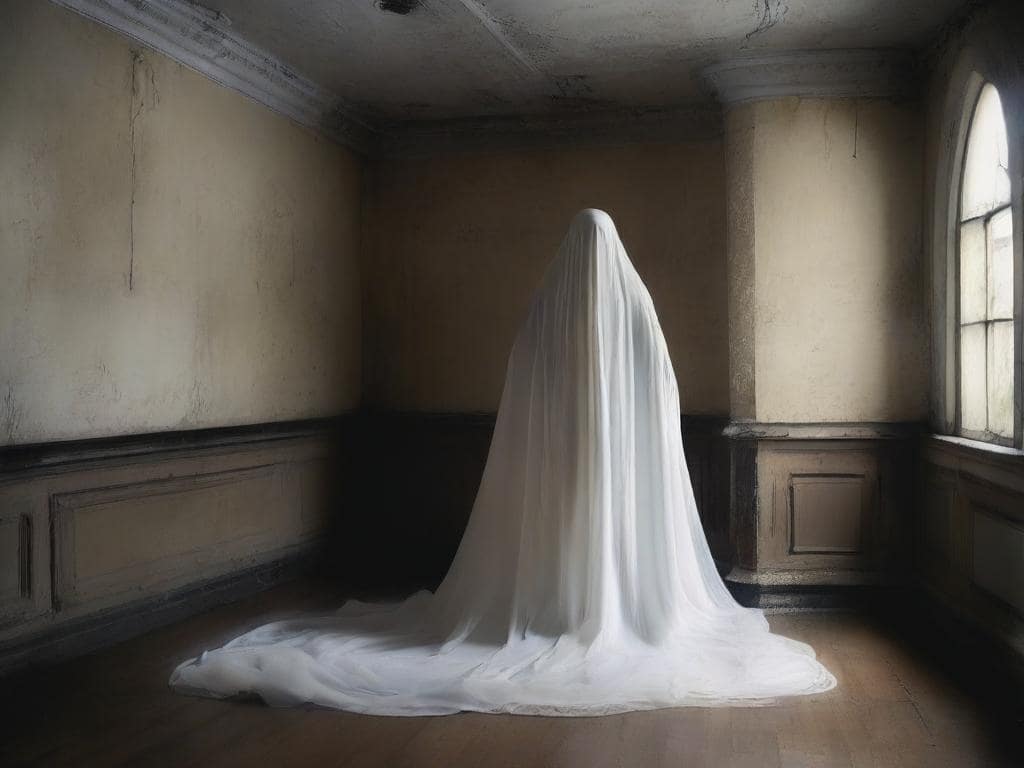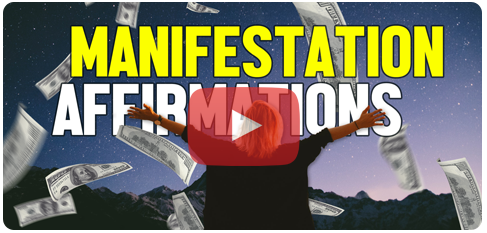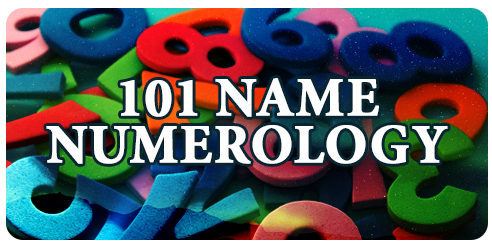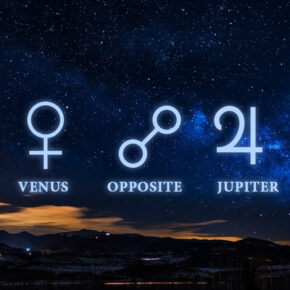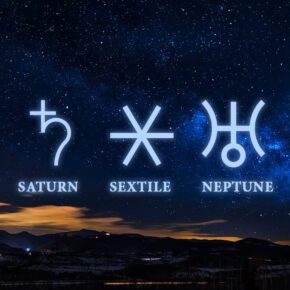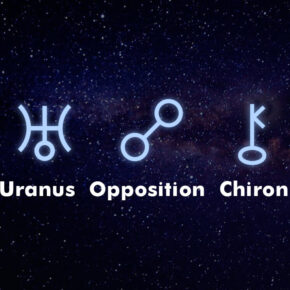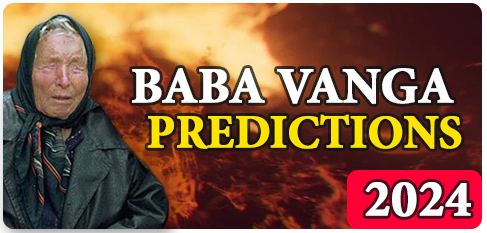You’ve probably seen the stereotypical ghost costume in cartoons, movies, and on Halloween. That creepy person with a white sheet and eye holes in it. But where did this idea come from?
The origins of this spooky stereotype go back centuries and have more to do with human psychology and culture than the supernatural.
The Origins of The “Sheet Ghost”
In European folklore, ghosts were often depicted as pale, shadowy figures. As stories were shared, the pale figure evolved into a white sheet. This imagery was reinforced by plays and fiction, where actors portrayed ghosts by wearing white sheets with eye holes cut out.
I was born in the Czech Republic, and there were all these stories about “white ladies” who supposedly haunted castles at night. Many Czech artists and authors wrote about or painted ladies dressed all in white, usually wearing something that looked like a bed sheet. Apparently, it was pretty common folklore there that the ghosts of women would roam castle grounds after dark.
By the 1800s, “ghost plays” using white sheets were popular entertainment. Audiences ate it up, helping to cement the sheet ghost in popular culture. Writers like Charles Dickens even described ghosts in flowing white garments in their stories.
The U.S. imported many of these European ghost stories and traditions. As Halloween celebrations spread in the early 1900s, homemade ghost costumes were common. White sheets were cheap and easy to modify, so the sheet ghost became the go-to Halloween outfit.
This spooky stereotype has endured for generations and still inspires Halloween costumes and decor today. Though not all ghosts are said to wear sheets, this popular depiction has a long and layered history in Western folklore, literature, and popular culture.
Ghosts Are Essentially Energy That Has Taken On A Form
You know the classic ghost depicted in movies and TV shows – a spooky white sheet with eye holes drifting through a dark hallway. I’ve always been curious – why is that particular ghostly outfit so popular in our culture? What’s with the white sheet specifically? Why not a pink sheet or red sheet? And why do they always use a sheet? Why not have the ghost-wearing pants or shorts instead?
Ghosts are essentially energy that has taken on a visible form. When people die, their energy is released from the physical body. Sometimes, this energy attaches itself to places or objects that were meaningful during the person’s life. This energy can then manifest itself visually in a variety of ways, including as a wispy white form.
But why white specifically? There have been some theories about that. Maybe it’s because white represents the soul and spirit. White also stands for innocence and purity, and I suppose a spirit would be seen as pure and innocent.
When you really think about it, when someone passes away, their skin gets all pale (white). They lose their color. So it would stand to reason that if ghosts are supposed to be dead people, they will look white, too, since that’s what happens to a body after death.
Another theory that seems to make some sense is that back in the old days, they used to wrap dead bodies up in white sheets before burying them. And, of course, mummies were always wrapped head to toe in white linen, too. Is this why ghosts are often shown wearing big white sheets?
You Can’t See What’s Under The Sheet
The white sheet, in particular, became popular in the early days of Spiritualism and seances. Mediums would drape white sheets over themselves to represent spirits, and the image just stuck in people’s minds. The sheet is also meant to convey a sense of mystery – you can’t see what’s under it, after all!
Now, have you ever heard of someone actually coming face to face with a ghost before? I sure haven’t. Most ghost stories just describe seeing something out of the corner of your eye or hearing strange noises, but I’ve never come across an account of someone right up in a ghost’s grill.
No wonder ghosts are usually shown as just big white sheets – if you never see what’s really underneath, your imagination can run wild thinking of what might be hiding there! Who knows, there just might be more to it than meets the eye with those ghostly bedsheets.
Final Words
While the stereotypical sheet ghost may not be the most accurate representation of spirits, it endures because of its power to frighten and trigger our primal instincts. So the next time you see a spooky sheeted ghost in a movie, just remember – it’s more a product of human fear and imagination than paranormal truth!
Sure, I believe ghosts do exist in some form or another. However, the classic image we have of ghosts wearing white sheets is likely more of a metaphor than an accurate depiction.


